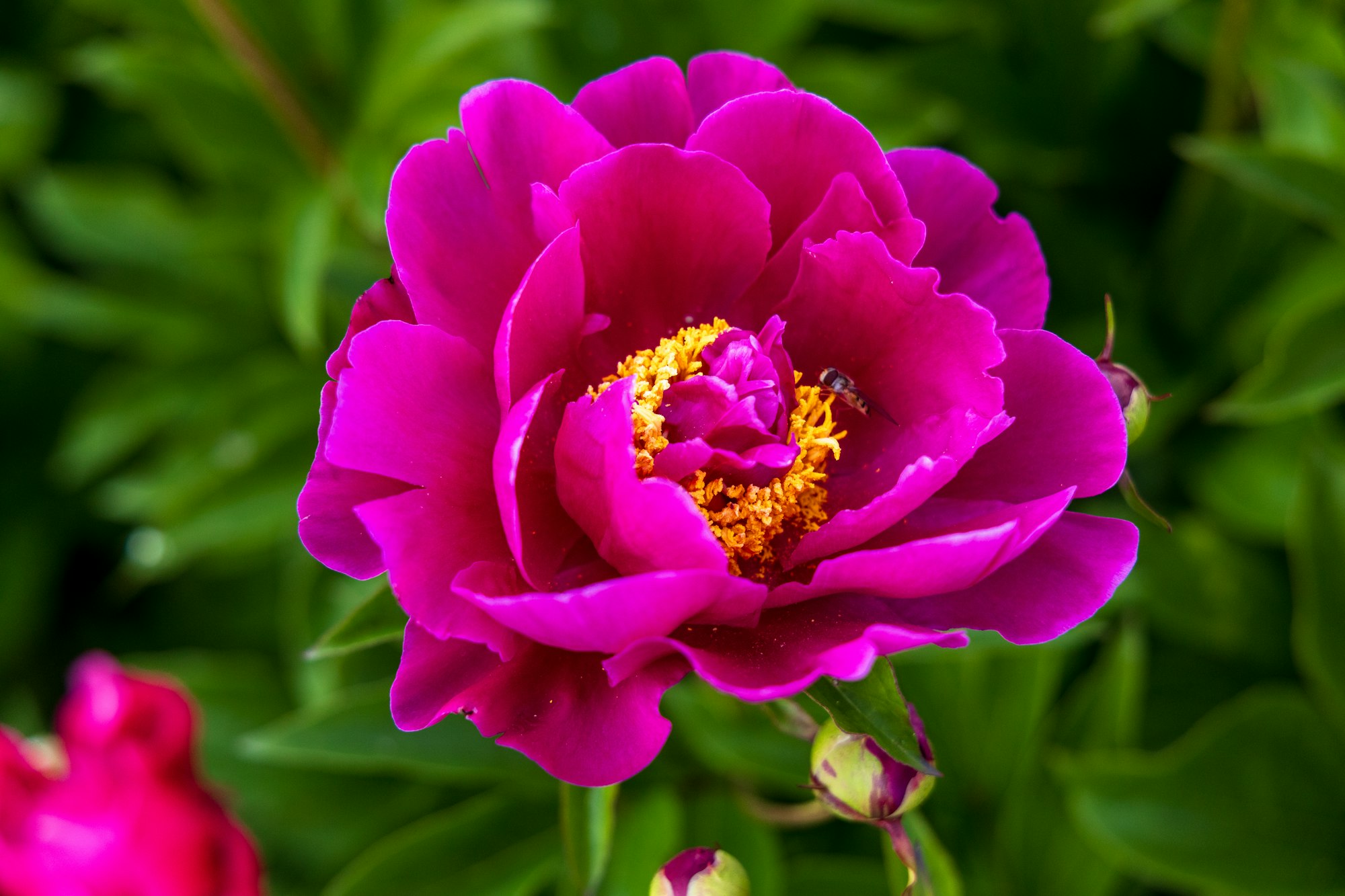Benefits of Eco-Friendly Water Features
Incorporating eco-friendly water features in urban design significantly bolsters sustainability. Firstly, these features are designed to conserve water, a vital resource. Such systems often include designs for rainwater harvesting, reuse, or natural filtration processes, which lead to substantial resource conservation. Moreover, eco-friendly designs support local habitats, offering a sanctuary for various wildlife species. By using native plants and fish, these features enable the emergence of biodiversity, fortifying urban ecosystems against environmental degradation.
The aesthetic enhancement of urban spaces through eco-friendly water features cannot be overstated. These installations transform dull spaces into visually pleasing environments, contributing to the livability and attractiveness of urban areas. The integration of natural beauty within cityscapes not only uplifts the physical appearance but also creates an inviting ambiance for residents and visitors alike.
Also to see : Mastering Waste Management Strategies for Sustainable Real Estate Development
Psychologically, the presence of water features in community areas offers substantial benefits. The soothing sounds and sights of water are known to reduce stress and promote mental well-being. Socially, these spaces encourage community interaction, providing gathering spots that foster social cohesion. People are more likely to congregate, converse, and thrive in environments enriched by the natural allure of water, making eco-friendly water features indispensable in urban design aimed at harmonising with nature.
Innovative Design Strategies for Water Features
Innovative water feature design is shaping the future of sustainable landscaping, with an emphasis on urban water integration. The creative use of water elements not only enhances aesthetics but supports environmental resilience.
In parallel : Maximizing Energy Efficiency: Smart HVAC Optimization Strategies for UK Office Buildings
Biophilic Design Principles
Biophilic design is about nurturing the human-nature connection by integrating natural elements into built environments. In the context of sustainable landscaping, water features play a crucial role. They not only beautify spaces but also foster calmness and well-being. Incorporating flowing water, gentle sounds, and natural forms engages our senses and invites interactions with nature, promoting urban water integration.
Modular Water Systems
The shift towards modular water systems is revolutionising urban landscapes. These systems, which can be customised and scaled, offer flexibility in integrating innovative water feature design into diverse spaces. Whether in large parks or small courtyards, modular systems maximise efficiency and reduce waste, aligning with sustainable landscaping goals.
Natural Filtration Techniques
Utilising natural filtration techniques ensures water in features remains clean and reduces maintenance demands. By incorporating native plants, these systems leverage local ecosystems to filter impurities naturally. Adapting designs to local climate conditions enhances their effectiveness, ensuring seamless water cycle integration within urban landscapes. Such innovations highlight the synergy between aesthetic appeal and ecological sustainability.
Successful Case Studies in Urban Areas
Exploring real estate innovation in urban settings reveals how certain cities have pioneered the integration of eco-friendly projects. Prominent cities like Singapore and Copenhagen have become leaders in this movement through the implementation of urban water features and other sustainable design elements. These cities have successfully incorporated urban water features like green rooftops, vertical gardens, and rainwater harvesting systems into their urban landscapes.
Innovative Projects and Impact
In Singapore, Marina Bay Sands exemplifies a successful mixture of real estate innovation and eco-friendly features. This project uses a sophisticated rainwater harvesting system which substantially reduces the demand on municipal water supply. Similarly, Copenhagen’s Amager Bakke, also known as CopenHill, transforms waste into energy while offering a ski slope and hiking trails. These projects demonstrate the multiple benefits of integrating green technologies with urban development, helping cities manage resources more efficiently.
Community Engagement
The impact of these projects extends beyond environmental benefits to enhance community engagement. Citizens in these areas not only benefit from improved quality of life but also take pride in their city’s commitment to sustainability. Public feedback often highlights increased awareness and enthusiasm for eco-friendly projects, indicating a positive reception. This engagement is crucial for the longevity and success of such initiatives, making citizens active participants in their city’s transformation.
Best Practices and Regulations
Understanding local environmental regulations is crucial for any landscaping project. These regulations often dictate which materials and practices are permissible, ensuring that development is sustainable and environmentally friendly. Regulations may vary significantly depending on the region, so always consult with local authorities to stay compliant.
One effective way to ensure environmentally conscious decisions is by adopting eco-friendly building practices. Using sustainable materials not only aligns with regulations but also reduces the environmental footprint. Consider utilizing recycled or locally sourced materials to minimize transportation emissions.
For projects involving water, strictly adhere to water feature guidelines. These guidelines emphasize the conservation of water through efficient design and technology. Implementing features such as water-efficient irrigation systems can significantly lower water usage, adhering to both local regulations and eco-friendly standards.
In planning phases, community involvement can greatly influence project success. Engaging local stakeholders helps identify environmental and cultural priorities, ensuring that the development aligns with community values and environmental needs. Collaboration often leads to innovative solutions that adhere to landscaping regulations while promoting sustainable practices.
By prioritizing these best practices, you not only comply with necessary regulations but also foster positive community relations and ensure long-term sustainability.
Maintenance Considerations for Eco-Friendly Water Features
Regular and diligent maintenance of water features is vital to ensure their sustainable upkeep. This not only aids in retaining aesthetic appeal but also supports the long-term viability of the water systems. Establishing a regular maintenance routine is the first step. This can include cleaning filters, ensuring pumps operate efficiently, and monitoring water levels to prevent unnecessary wastage.
The cost implications over time should be taken into account. Initial investments may appear hefty, but regular upkeep can prevent expensive repairs in the long term, providing cost-efficiency. Community maintenance initiatives can significantly reduce individual burdens, encouraging shared responsibility and enhancing communal engagement. Utilising technology plays a significant role as well, with smart sensors and automated systems that provide live data on water quality and usage, ensuring efficient functionality.
Balancing aesthetics with functional upkeep remains crucial. While maintaining the visual appeal of eco-friendly water features, it is imperative to ensure their ecological impact is minimal. Community involvement strategies can also be beneficial, fostering a sense of ownership and shared responsibility. These strategies involve educating the community on the importance of sustainable practices, and encouraging active participation in the maintenance of water features.
Cost Implications and Financing Options
Navigating the terrain of water feature costs can be intricate, yet understanding the details aids in making informed decisions. Initially, the investment in eco-friendly designs may seem substantial, but the long-term savings are substantial. Eco-friendly water features often incorporate systems that reduce water usage and require less frequent maintenance, potentially lowering operating costs over time.
For those concerned about immediate expenses, consider the avenues available in financing sustainable projects. Governments and environmental bodies often provide grants and incentives for sustainable developments, recognising the broader benefits these projects offer. Such financial support can significantly offset the initial costs, making eco-friendly water features a more viable option.
Engaging in a cost-benefit analysis is crucial when contemplating your investment. This evaluation method, which juxtaposes the upfront expenses with the anticipated savings and environmental benefits, confirms the worthiness of investing in sustainable designs. Not only do these features promote ecological balance, but they also contribute to reduced utility expenditures.
To sum up:
- Initial costs may be high, but future savings are a considerable advantage.
- Financing options, including grants and incentives, are widely available.
- Performing a cost-benefit analysis ensures investment validity in eco-friendly solutions.






